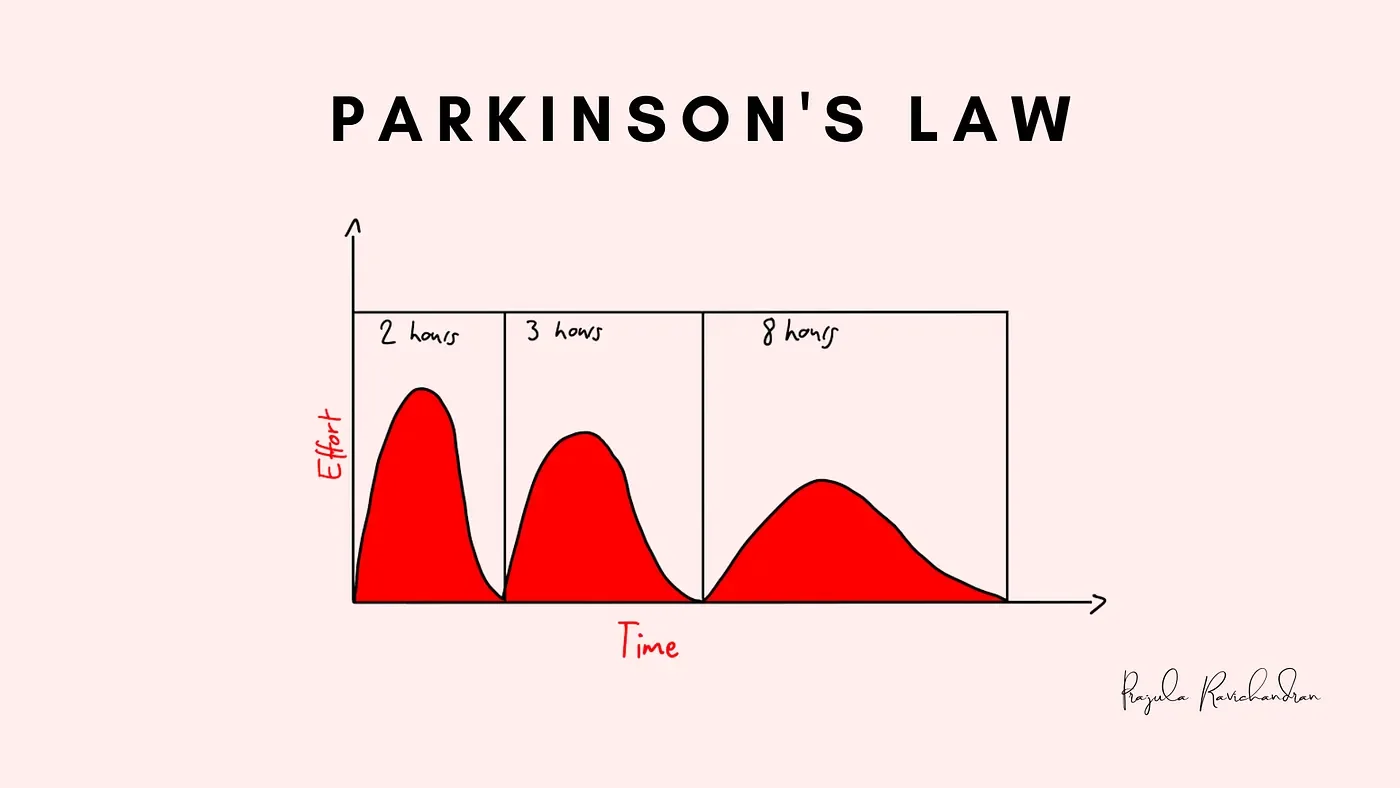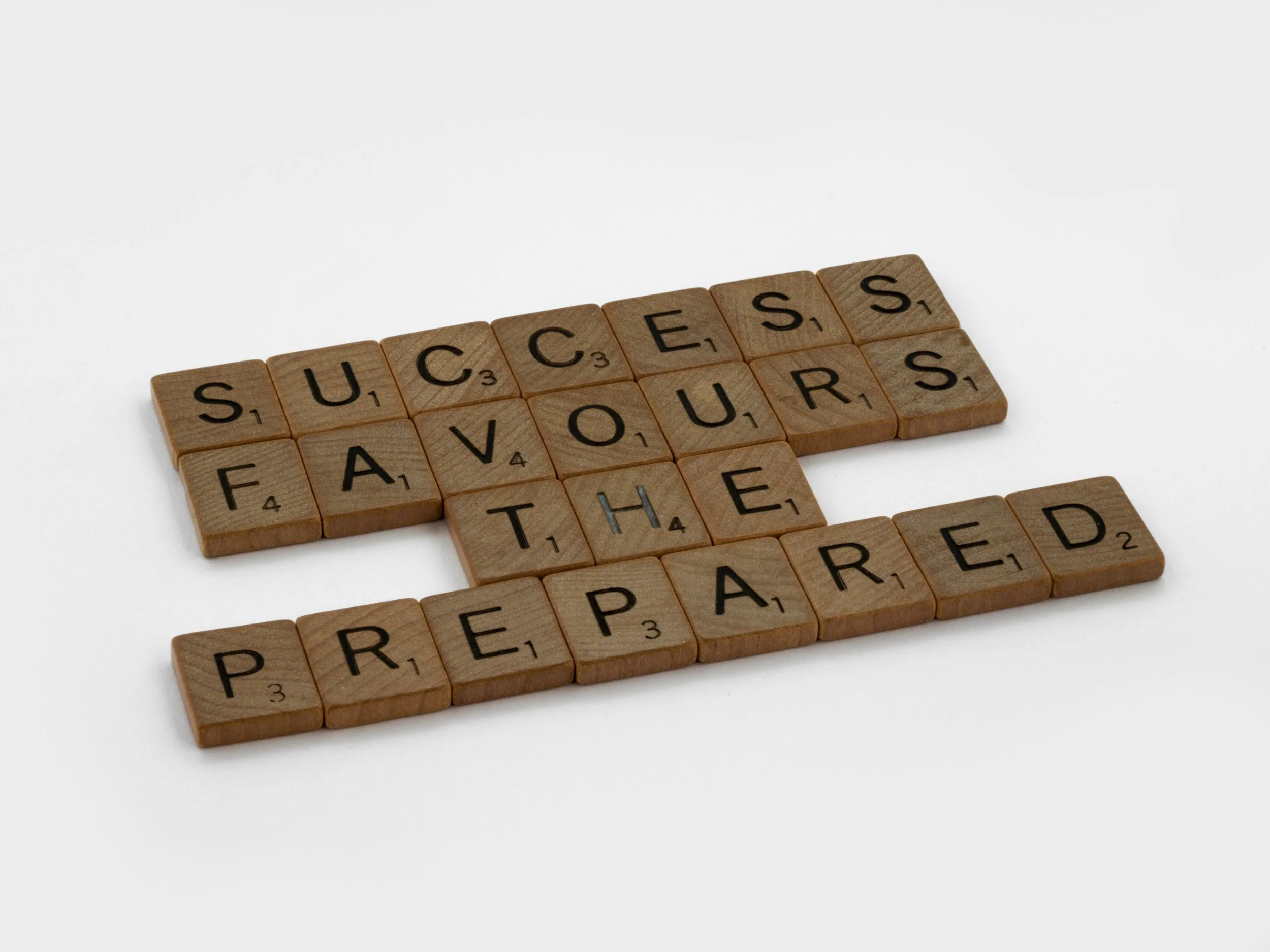Thoughts.
Access our insights about all things product, business returns on User Experience, guides to different research and UX/UI methodologies, various UX resources, and the people behind DPP.
The hidden cost of speed: what teams lose when everything’s urgent
When “go faster” becomes the mantra, product teams stop thinking deeply. Here’s why urgency culture quietly kills value, and how to fix it without losing momentum.
When AI gets confident: design for honesty, not illusion
AI hallucinations don’t just break trust, they expose how fragile our relationship with “smart” systems really is. Here’s why product teams should design for honesty, not perfection.
Outcome over output: how to help teams think like product leaders
Great product teams don’t measure success by features shipped, but by the change they create. Here’s how to help your team shift from outputs to outcomes, and why it matters for sustainable success.
Product roadmap planning best practices: How to think beyond timelines
Learn the best practices for product roadmap planning - align strategy, prioritise with confidence, and lead focused, outcome-driven teams.
Product roadmap reset: realign your product vision before creating your roadmap
Realign your product vision before you plan your roadmap. Learn how reflection, clarity and shared goals turn busy teams into focused, confident ones.
How to simplify complex products without dumbing them down
Simplify complex B2B products without losing their power. Practical UX tips for clarity, hierarchy and user confidence.
Applying brand to product: why simplicity wins once users are inside
How to apply your brand to a SaaS product experience, using psychology, subtle cues, and UX design that builds trust and loyalty.
Why personas fail, and how to evolve them
Personas were meant to build empathy, but too often they reduce real users to fictional traits. Here’s why it’s time to evolve them, and what to use instead.
How to make standups, retros, and reviews actually move the needle
Deadlines slip, delivery slows, and suddenly rituals like standup meetings, retrospectives, and sprint reviews feel more like obligations than value-adding practices. Product leaders often sense the drag: these ceremonies are supposed to accelerate alignment, yet they too often devolve into status updates or box-ticking exercises.
Design debt, tech debt or trust debt?
Deadlines slip. Priorities clash. Meetings drag on without resolution. For many product leaders, it feels like their teams spend more time negotiating ownership than delivering outcomes.
It’s easy to point at technical debt or design debt as the culprits, but the real slowdown often comes from something harder to see.
Why strategic misalignment persists, even with all the right tools
Every product leader knows this feeling. New roadmapping platforms, collaboration boards, and OKR dashboards, each one promising to get everyone on the same page, finally. But a week or two after, strategic misalignment creeps back in.
How high-functioning product teams nail prioritisation under pressure
When deadlines loom, stakeholders demand answers, and product teams face multiple competing requests, the ability to prioritise effectively becomes a defining trait of high performance.
What separates high-functioning teams from the rest is not the absence of stress but the presence of structure, trust, and discipline.
From tug-of-war to team sport: Operational habits that build alignment
Alignment is one of those concepts every product leader talks about, but few feel they’ve fully achieved. In practice, alignment strategy isn’t just about setting a north star or rolling out another framework. It’s about building operational habits into the everyday rhythm of work.
Turning messy user feedback into actionable product decisions
As a product leader, you want to harness the value of user feedback without being overwhelmed by it. The key is to apply effective UX research methodologies that help you collect, prioritise, and act on feedback in a way that aligns with both user needs and business goals.
Why overlooked UX details can undermine product success
If your product team is consistently solving major usability problems but still struggles with adoption, efficiency, or engagement, the culprit may not be what’s obvious but what’s overlooked. It’s often the small UX details that quietly determine whether your product performs or plateaus.
The UX debt no one budgets for, but everyone ends up paying
If your product team is constantly chasing roadmap deadlines, cramming in last-minute stakeholder requests, or redesigning the same flows over and over again, chances are you’re carrying more design debt than you think.
Why a little friction is good for your product team
Frustration, not failure, is often where good product decisions begin.
It’s tempting to aim for perfect harmony in a product team: smooth meetings, unanimous decisions, consensus with no pushback. But when everything flows too easily, there’s a risk: no one’s challenging the status quo.
How can you identify when your product team is misaligned on mindset and priorities?
On paper, things look fine. Features are going out, standups are happening, deadlines are being met. But something’s not quite right.
Your product team might be misaligned. Not just on their tasks, but on their mindset.
How to fix cross-functional misalignment without another framework
Cross-functional alignment is essential for any successful B2B product organisation. But when collaboration falters, the instinct is often to introduce yet another tool, model, or playbook.
In reality, what most teams need is not more process. It is more clarity, shared understanding, and better habits of working together.
Why managing internal stakeholders burns out product leaders, and what to do about it
Managing internal stakeholders can feel like a full-time job. One with no clear finish line, shifting priorities, and constant pressure to keep everyone aligned. For senior product leaders, it is not just emotionally taxing; it is a major contributor to burnout.




















